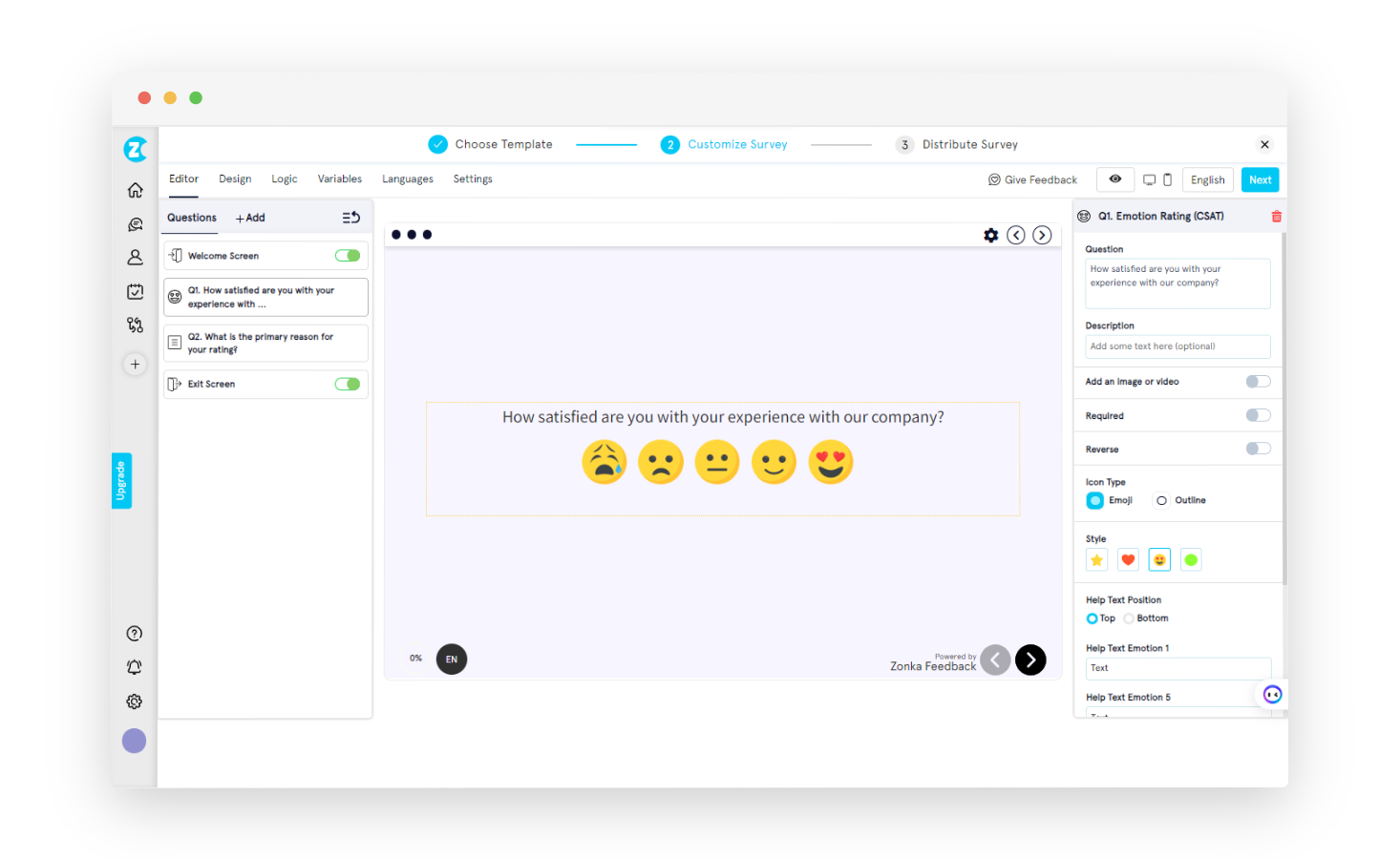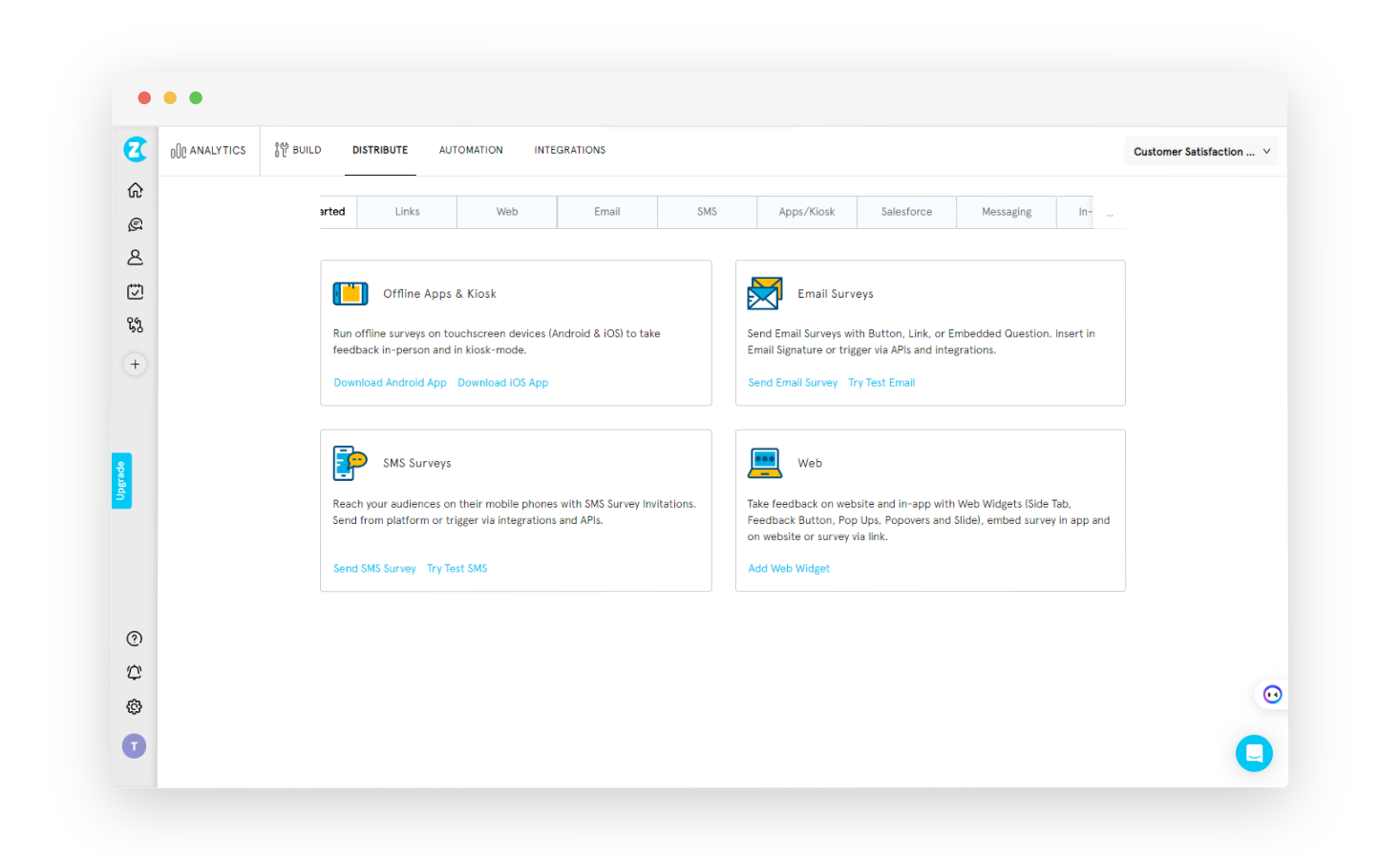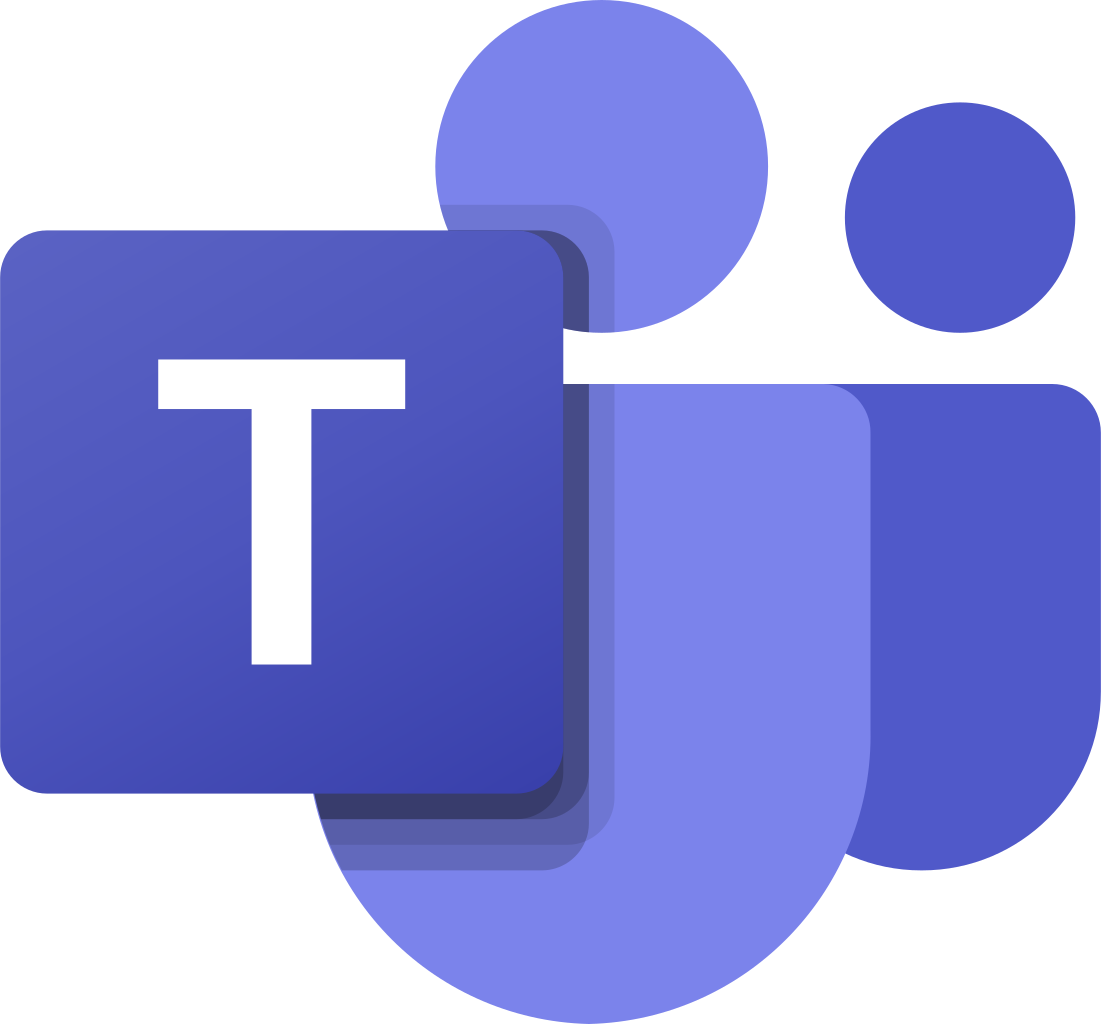With customer expectations soaring high and businesses becoming more customer-centric, understanding the why behind every feedback response is paramount.
With sentiment analysis, businesses not only know their customers’ responses but also discover and measure how customers actually feel about the product, service, or brand as a whole.
In this blog, we have discussed the role of sentiments in customer satisfaction, the benefits of sentiment analysis, and how one can use sentiment analysis to unlock improved customer satisfaction levels.
TL;DR
- Unlocking customer emotions helps boost Customer Satisfaction (CSAT).
- Sentiment analysis plays a crucial role in improving Customer Satisfaction (CSAT) by providing actionable insights into customer feedback. It goes beyond the surface of traditional surveys, revealing hidden pain points and delights to drive improvement.
- By understanding and analyzing sentiments expressed in various channels, businesses can identify areas for improvement, prioritize actions, personalize interactions, and drive positive customer experiences.
- By following key steps and best practices, you can leverage sentiment analysis to gain valuable insights, take targeted actions, and ultimately improve your CSAT and build stronger customer relationships.
- Leveraging sentiment analysis tools like Zonka Feedback allows businesses to gather, analyze, and act upon customer feedback effectively, ultimately leading to enhanced CSAT, increased loyalty, and sustainable business success. You can sign up with Zonka Feedback for a free 14-day trial or schedule a demo to learn more.
Measure Customer Satisfaction & User Insights
With Feedback Surveys, understand customer sentiments and learn ways to delight them.

What is CSAT?
CSAT or customer satisfaction is the key performance indicator used by several businesses to measure the level of satisfaction their customer have with the products, services, brands, or overall experience. It is typically used to measure customer satisfaction and the happiness and fulfillment of customers.
CSAT is assessed through various feedback mechanisms, such as surveys, ratings, or reviews, where customers are asked to express their satisfaction levels based on their experiences. These customer satisfaction scores are crucial for businesses as they provide insights into customer sentiments and perceptions, which in turn, influence customer loyalty, retention, and overall business success.
Role of Sentiments in CSAT or Customer Satisfaction
Sentiments play a pivotal role in shaping customer satisfaction or the CSAT score for any brand. It reflects the emotional response and the sentiments expressed by customers throughout their experience.
Here’s how sentiments affect CSAT:
- Sentiments Indicate the Emotional Response: Whether positive, negative, or neutral, are the emotional reactions.
- Positive emotions create positive experiences: Feelings of joy, delight, and appreciation enhance customer satisfaction levels directly. When customers feel valued, heard, and supported, they're more likely to be happy with their overall experience.
- Negative emotions highlight areas for improvement: Negative sentiments like frustration, anger, or disappointment are red flags indicating dissatisfaction. Addressing these issues shows customers you care, builds trust, and leads to improved experience and satisfaction.
- Sentiments Drive the CSAT Score: CSAT scores are directly proportional to the sentiments that the customers are expressing. Positive sentiments mean a higher score while negative indicates a lower customer satisfaction score.
- Sentiment Trends Reflect CSAT Performance: By analyzing the CSAT trends, one can predict the CSAT performance and help businesses take the required actions.
- Sentiments Showcase Perceptions of Quality & Value: Sentiments associated with any particular product or feature of a product/service could showcase the perceived value or satisfaction with it.
- Sentiments Influence Loyalty & Retention: Although indirectly connected, customers displaying positive sentiments are more likely to become brand loyal and are easier to retain.
- Sentiments Allow Continuous Feedback-driven Improvement: Sentiments serve as valuable customer feedback for continuous improvement initiatives.
How Does Sentiment Analysis Help Improve CSAT?
Now that we know the importance of sentiments in customer satisfaction, we can move forward to discussing the importance of analyzing sentiments to improve customer satisfaction or CSAT.
Sentiment analysis plays a pivotal role in improving Customer Satisfaction (CSAT) by providing businesses with actionable insights into customer feedback. Here's how sentiment analysis contributes to enhancing CSAT:
#1. Understanding Sentiments Beyond the Surface
Sentiment analysis enables businesses to interpret the emotional tone and sentiment of customer feedback. By analyzing sentiments expressed in surveys, reviews, and comments, businesses gain insights into customer experiences, perceptions, and satisfaction levels. This understanding allows businesses to identify areas of strength and weakness, prioritize improvements, and tailor strategies to enhance CSAT.
- Traditional surveys: Oftentimes, surveys with basic satisfaction scales (satisfied/neutral/dissatisfied) miss out on the finer nuances of customer sentiment. Sentiment analysis goes beyond these limited options, uncovering emotions like frustration, delight, confusion, or apathy.
- Deeper Insights: This granular understanding enables you to identify hidden pain points and areas of delight that traditional surveys might miss, giving you a complete picture of the customer experience.
#2. Proactive Issue Resolution
Sentiment analysis helps businesses identify common pain points and issues experienced by customers. By analyzing negative sentiments, businesses can pinpoint specific areas of dissatisfaction and prioritize improvements to enhance CSAT. This targeted approach allows businesses to address underlying issues, improve experiences, and increase satisfaction levels.
- Early Warning: Sentiment analysis doesn't wait for escalated complaints. It helps you identify emerging negative sentiments, even in seemingly neutral feedback. This empowers you to proactively address issues before they snowball and potentially damage your CSAT score.
- Root Cause Analysis: By understanding the emotions associated with negative feedback, you can delve deeper into the root cause of the issue, leading to more effective resolution and improved future experiences.
#3. Personalized Customer Interactions
Sentiment analysis enables businesses to personalize customer interactions based on emotional cues. By detecting sentiments in customer interactions, businesses can tailor responses, offers, and recommendations to match individual preferences and needs. This personalized approach demonstrates attentiveness, empathy, and responsiveness, fostering positive experiences and improving CSAT.
- Segmentation: Analyze sentiment across different customer segments based on demographics, purchase history, or support interactions. This enables you to personalize communication and support, catering to specific needs and concerns for higher satisfaction.
- Empathy-Driven Interactions: Understanding the emotions behind the feedback allows you to tailor your responses accordingly. A frustrated customer might need a different approach than a delighted one.
#4. Product Development with Deeper Insights
Sentiment analysis contributes significantly to enhancing the Customer Satisfaction (CSAT) of a product by providing valuable insights into customer sentiments, preferences, and experiences. One can gain insights into how customers perceive and feel about the product, Further, it helps in identifying strengths and weaknesses of the product, improving product quality, tailoring product roadmap, and enhancing user experience.
- Emotional Connection: Analyze sentiment associated with features or product mentions in feedback. This reveals which features connect emotionally with customers and where improvements are needed to evoke desired emotions.
- Data-Driven Decisions: Use sentiment analysis data alongside other performance metrics to prioritize improvements and develop features that truly resonate with your customers, leading to increased satisfaction.
Using Sentiment Analysis to Improve CSAT Rating
When it comes to using sentiment analysis for improving CSAT, there are certain steps you can take to start leveraging any sentiment analysis tool.
Here are the steps you can follow to start using sentiment analysis:
- Step #1. Define Objectives and Goals: Clearly define the objectives and goals of using sentiment analysis to improve CSAT. Determine what specific aspects of CSAT you want to focus on (e.g., product features, customer service interactions, overall brand perception).
- Step #2. Select Data Sources: Identify the sources of customer feedback data that will be analyzed using sentiment analysis. This may include customer surveys, product reviews, social media comments, support tickets, or feedback forms.
- Step #3. Choose Sentiment Analysis Tools: The most important step is to choose the tool you would use for analyzing sentiments from your customer feedback. It is important that you select appropriate sentiment analysis tools or platforms that suit your needs and budget. Choose tools that can effectively analyze text data, classify sentiments (positive, negative, neutral), and provide actionable insights.
- Step #4. Collect and Preprocess Data: Gather customer feedback data from the selected sources and preprocess it for analysis. Clean the data, remove duplicates, and standardize formats to ensure consistency and accuracy in sentiment analysis.
- Step #5. Perform Sentiment Analysis: Apply sentiment analysis techniques to analyze customer feedback data and extract sentiment scores or labels (positive, negative, neutral) for each piece of feedback. Use natural language processing (NLP) algorithms or machine learning models to automate sentiment classification.
- Step #6. Interpret Results: Interpret the results of sentiment analysis to understand customer sentiments and perceptions. Identify trends, patterns, and insights in the sentiment data, such as common themes, recurring issues, or areas of satisfaction and dissatisfaction.
- Step #7. Identify Actionable Insights: Identify actionable insights from the sentiment analysis results that can be used to improve CSAT. Focus on addressing specific pain points, enhancing strengths, and prioritizing improvements that will have the most significant impact on customer satisfaction.
- Step #8. Implement Changes and Improvements: Based on the insights gained from sentiment analysis, implement changes and improvements to address customer concerns, enhance the product or service offering, or improve customer experiences. Collaborate with relevant teams (product development, customer service, marketing) to execute action plans effectively.
- Step #9. Monitor and Evaluate Performance: Continuously monitor CSAT metrics and sentiment trends over time to assess the impact of changes and improvements. Measure the effectiveness of interventions in addressing customer concerns and improving customer satisfaction levels.
- Step #10. Iterate and Refine Strategies: Iterate and refine sentiment analysis strategies based on ongoing feedback and performance evaluations. Adapt analysis techniques, adjust action plans, and refine approaches to better align with changing customer needs and expectations.
- Step #11. Communicate Findings and Successes: Communicate sentiment analysis findings, actionable insights, and successes across the organization. Share insights with relevant stakeholders, leadership teams, and frontline employees to foster a customer-centric culture and drive continuous improvement efforts.
Best Practices for Using Sentiment Analysis for CSAT
Here are some key best practices to consider when using sentiment analysis to enhance CSAT even further. These best practices will help you maximize the benefits of sentiment analysis, enabling you to gain valuable customer insights, make informed decisions, and drive positive outcomes for your CSAT ratings.
- Gather diverse feedback: Utilize multiple sources like surveys, reviews, social media mentions, support interactions, and call recordings for a comprehensive picture.
- Focus on relevant data: Align your data collection with your specific goals and target audience. Avoid overwhelming your system with irrelevant information.
- Clean and pre-process data: Ensure data accuracy and consistency by removing irrelevant information, standardizing text formats, and correcting errors.
- Consider NLP techniques: Leverage natural language processing (NLP) to handle sarcasm, slang, and other nuances that might lead to misinterpretations in sentiment analysis.
- Choose the right tools: Select a sentiment analysis tool with features like custom dictionaries, industry-specific language support, emotion detection granularity, and integration capabilities.
- Understand limitations: Remember that sentiment analysis isn't perfect. Consider context, cultural nuances, and potential biases while interpreting results.
- Go beyond the overall score: Don't just look at the positive/negative/neutral score. Analyze the distribution of emotions like anger, joy, or frustration for deeper insights.
- Identify topic-specific sentiment: See how sentiment varies across different products, features, or customer journey stages to pinpoint specific areas for improvement.
- Combine with other data: Integrate sentiment analysis with CSAT scores, survey data, and performance metrics for a holistic understanding.
- Prioritize actions: Focus on addressing the most impactful issues based on severity, frequency, and customer segment affected.
- Develop measurable solutions: Implement targeted actions with clear goals and track their impact on sentiment and CSAT over time.
- Be transparent and ethical: Inform customers about your use of sentiment analysis and ensure data privacy and security.
- Train your workforce: Equip your team with the skills to understand and interpret sentiment analysis results.
- Personalize your approach: Use sentiment analysis to personalize customer interactions, addressing specific concerns and tailoring communication accordingly.
- Iterate and improve: Continuously refine your approach based on results and evolving customer needs.
- Focus on customer value: Remember that the ultimate goal is to improve customer experience and satisfaction, not just analyze emotions.
By following these best practices, you can unlock the true potential of sentiment analysis and leverage it to gain valuable customer insights, inform strategic decisions, and ultimately drive a positive impact on your CSAT.
Using Zonka Feedback’s Sentiment Analysis for Customer Satisfaction
Zonka Feedback is a powerful survey tool with complete customer feedback management and analysis functionalities. Not only does this tool offer customer satisfaction scores (CSAT scores) for your customer satisfaction surveys but also goes deep to analyze the sentiments hidden behind the responses.
Here is how you can use Zonka Feedback’s sentiment analysis to improve CSAT.
Step 1: Create Surveys
Zonka Feedback comes with 100+ ready-to-use survey templates as well as an easy-to-use editor to help you get started with creating surveys. You can create all survey types, including, but not limited to:
- Online Surveys
- Offline Surveys
- Website Surveys
- Mobile App Surveys
- Email Surveys
- Kiosk Surveys
- Android Surveys
- SMS Surveys

It also offers feedback surveys based on different CX metrics as well as industries one is targeting. Based on CX metrics and industries, here are the different surveys you can create with this survey software:
- CSAT Surveys (Customer Satisfaction Surveys)
- NPS Surveys (Net Promoter Score Surveys)
- CES Surveys (Customer Effort Score Surveys)
- Patient Satisfaction Surveys
- Hotel Guest Feedback Surveys
- eCommerce Surveys
- Retail Surveys
Apart from that, you can use Zonka Feedback to create Likert scale surveys, smiley surveys, matrix surveys, 1 to 5 rating scale surveys, yes or no surveys, and much more.
Step 2. Collect Feedback Across All Touchpoints
Once you have created the surveys, start with distributing them across different channels. Omnichannel feedback collection is the way to go. It enables you to capture feedback from customers at different touchpoints in the feedback journey.
Utilize Zonka Feedback's survey and feedback collection features to gather customer feedback across various touchpoints, including in-person interactions, online channels, and mobile devices. Collect feedback through customizable surveys, email campaigns, SMS invitations, QR codes, or embedded feedback forms on your website.

Step 3: Analyze Sentiments
Zonka Feedback has basic text analytics in its system which fetches most keywords used and associated ratings. Once it has the data from customer feedback, its sentiment analysis engine, driven by AI, will start giving invaluable insights.
The tool offers an overall rating of the text data received through responses on open-ended questions. One can even create models based on their industries or their scale to ensure they get more accurate sentiment analysis.
Use Zonka Feedback's reporting and analytics tools to analyze sentiment trends over time. Track changes in sentiment scores, sentiment distribution, and sentiment trends across different feedback channels, locations, or customer segments. Identify patterns, spikes, or shifts in sentiment that may indicate areas of concern or improvement
Step 4. Identify Areas for Improvement
Review the sentiment analysis results to identify areas for improvement and address customer concerns effectively. Focus on analyzing negative sentiments to pinpoint specific pain points, recurring issues, or areas of dissatisfaction experienced by customers. Use sentiment insights to prioritize improvement initiatives and allocate resources accordingly.
Step 5. Take Action on Feedback & Close the Feedback Loop
Act upon the insights gained from sentiment analysis to address customer concerns and improve CSAT. Use Zonka Feedback's action management features to assign tasks, track follow-ups, and monitor progress in addressing feedback. Collaborate across departments to implement changes, resolve issues, and enhance the customer experience based on sentiment analysis insights.
You can also automate workflows to trigger emails based on the type of sentiments expressed through the feedback. Also, you can engage with customers proactively and solicit additional feedback or clarification when needed. Reach out to customers who have expressed negative sentiments to understand their concerns better, apologize for any issues, and offer resolutions or compensations as necessary.
By following these steps and leveraging Zonka Feedback's Sentiment Analysis capabilities, businesses can effectively use customer feedback to drive improvements in CSAT, enhance the overall customer experience, and foster long-term customer loyalty and satisfaction.
Apart from sentiment analysis, Zonka Feedback also offers a multitude of AI features for text analysis. These include opinion mining, intent analysis, emotion detection, text mining, and much more.
On an Ending Note…
Sentiment analysis plays a critical role in improving CSAT. However, you need to remember that sentiment analysis is just a tool. The key lies in interpreting the insights it provides and taking action. Once you have fetched the actionable data, you can integrate it seamlessly into your decision-making and workflows for maximum impact.
Further, you can combine the insights with other data sources like demographics, purchase history, and support interactions for a richer understanding of your customer journey. By strategically harnessing the power of sentiment analysis, you can go beyond surface-level data, understand the emotional drivers of customer experience, and take targeted actions to improve customer satisfaction levels, strengthen loyalty, and achieve sustainable business success.
With Zonka Feedback, you can collect customer feedback and get a complete analysis of their sentiments through its powerful AI surveys with advanced machine learning and natural language processing models. You can sign up for a free 14-day trial to get started with using the product or schedule a demo to understand its sentiment and text analysis features.

 MS Teams
MS Teams












